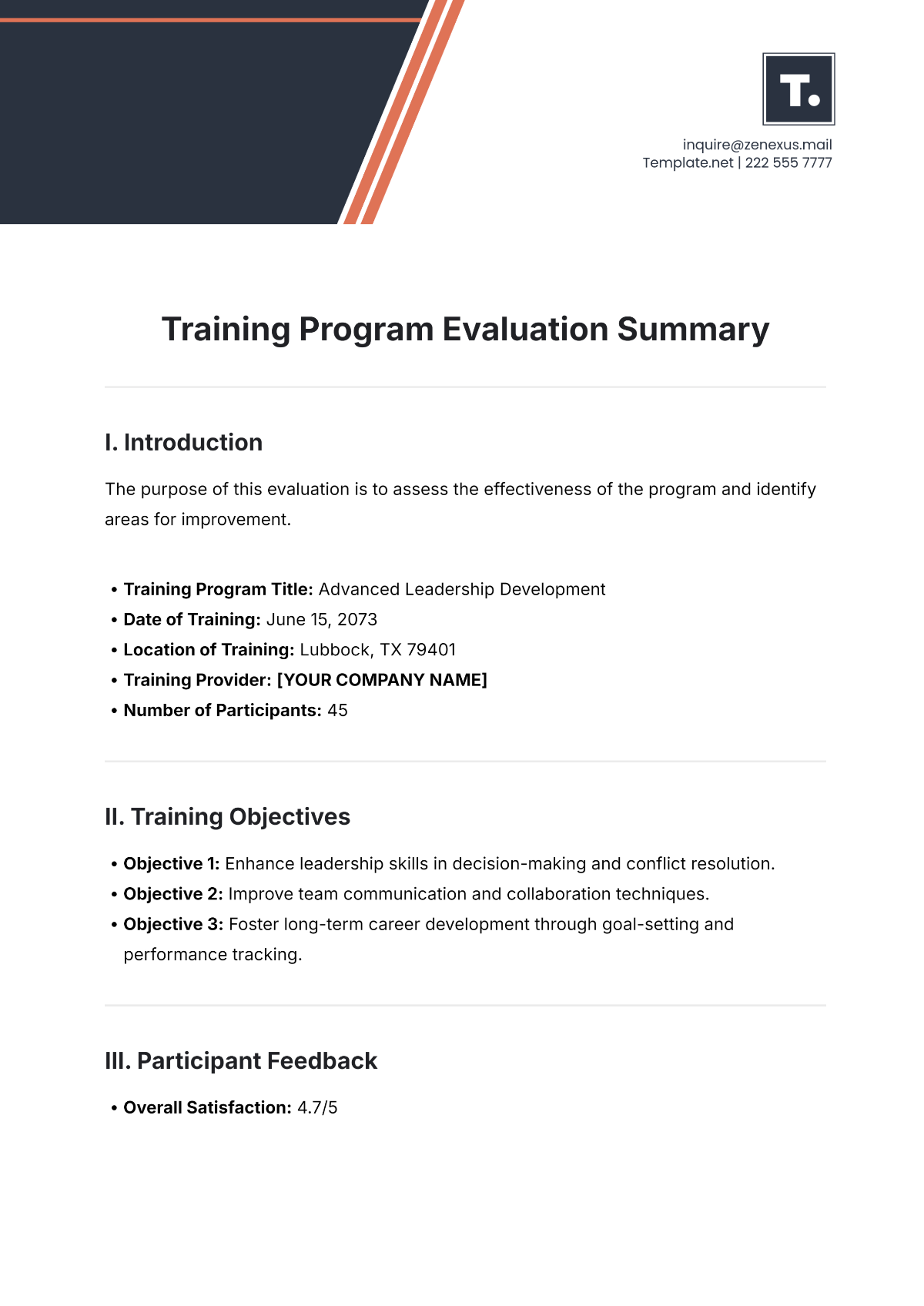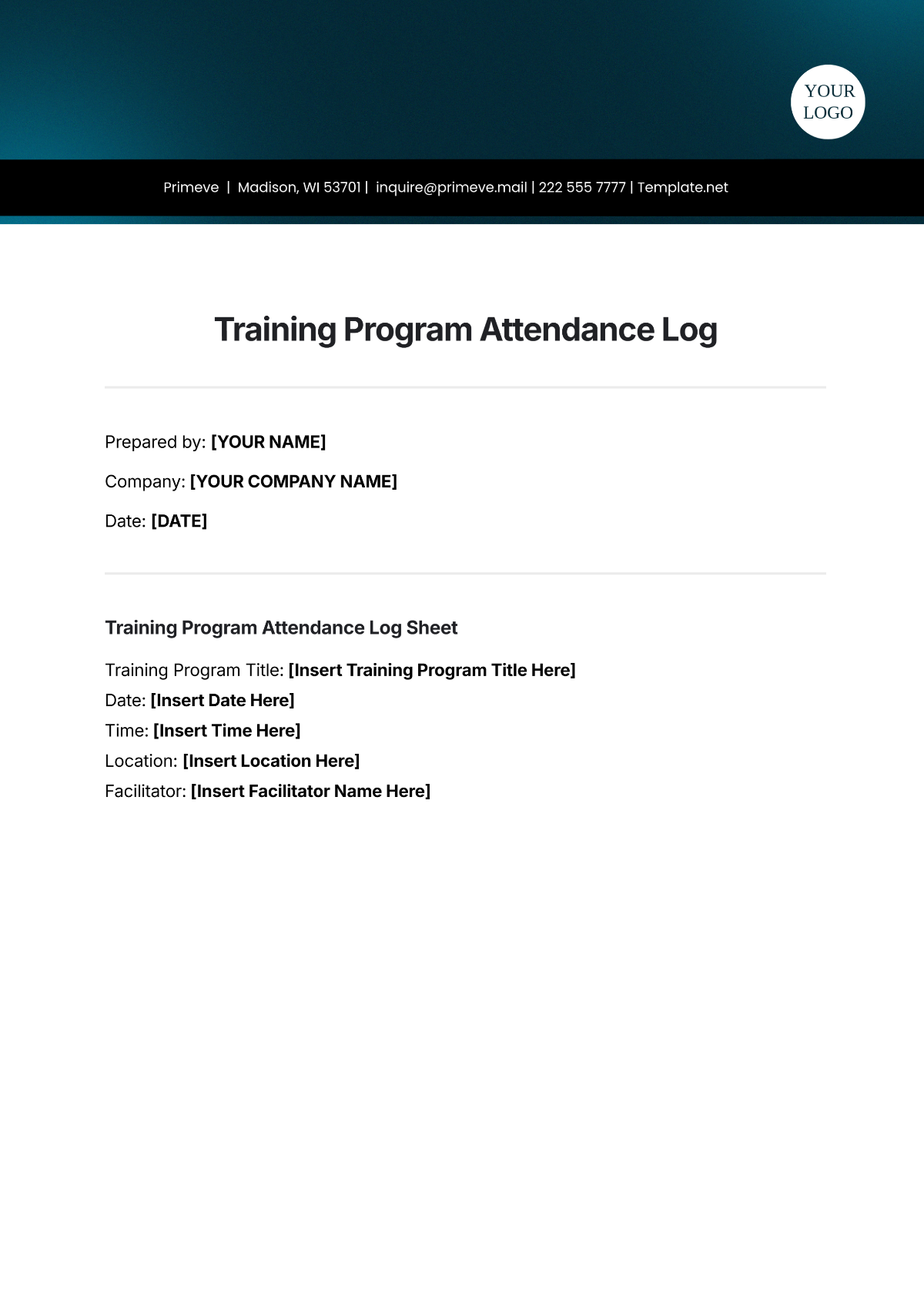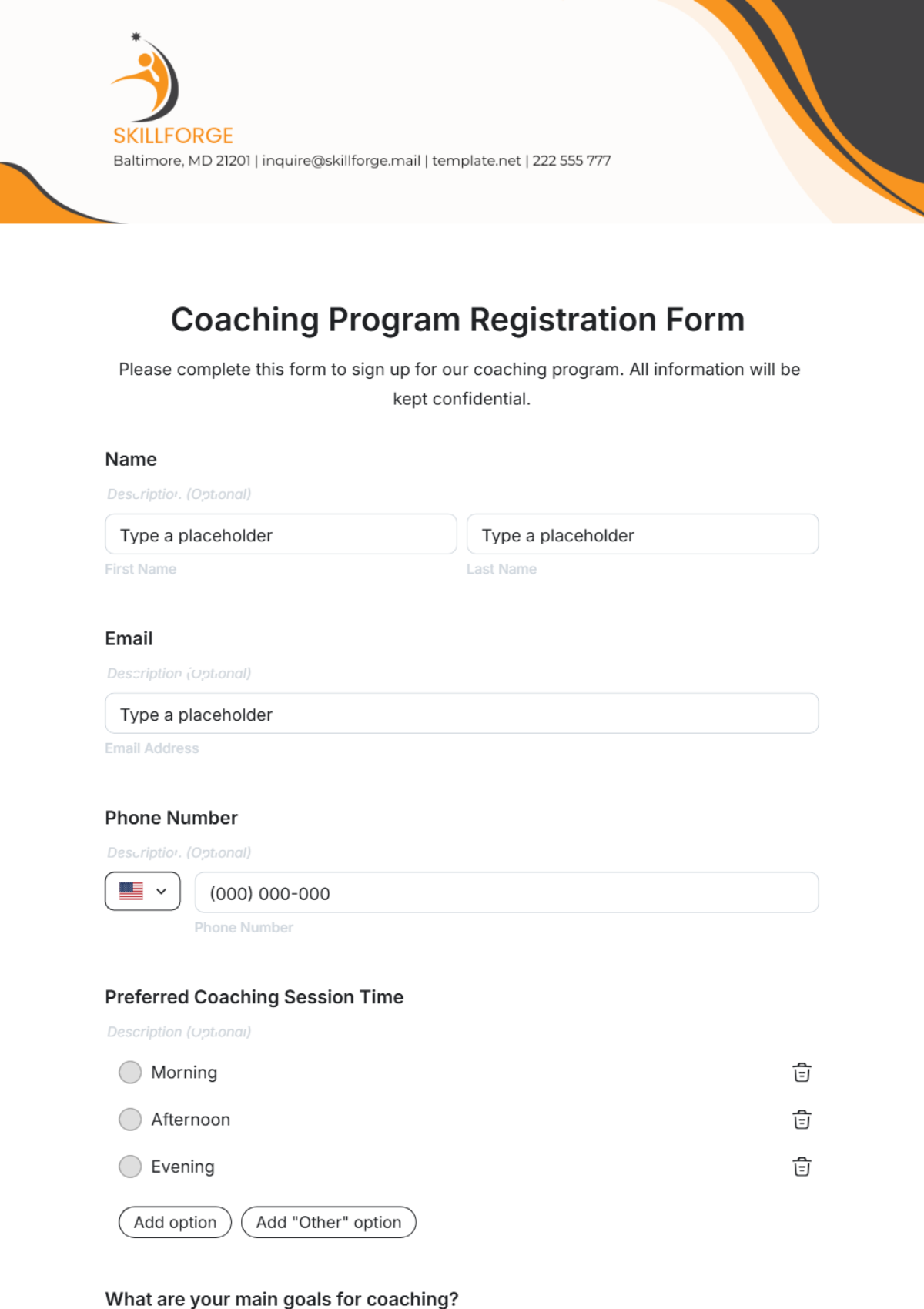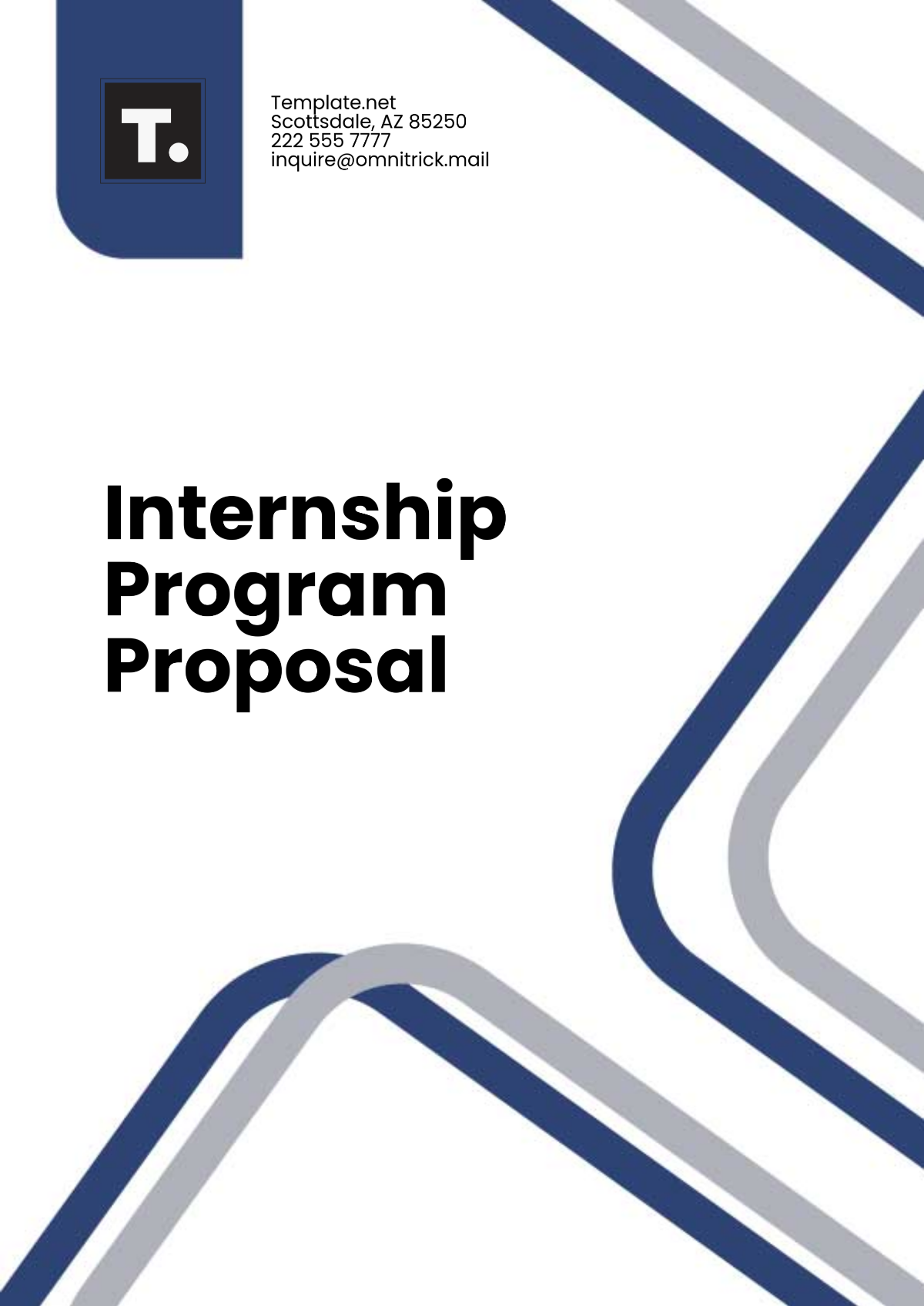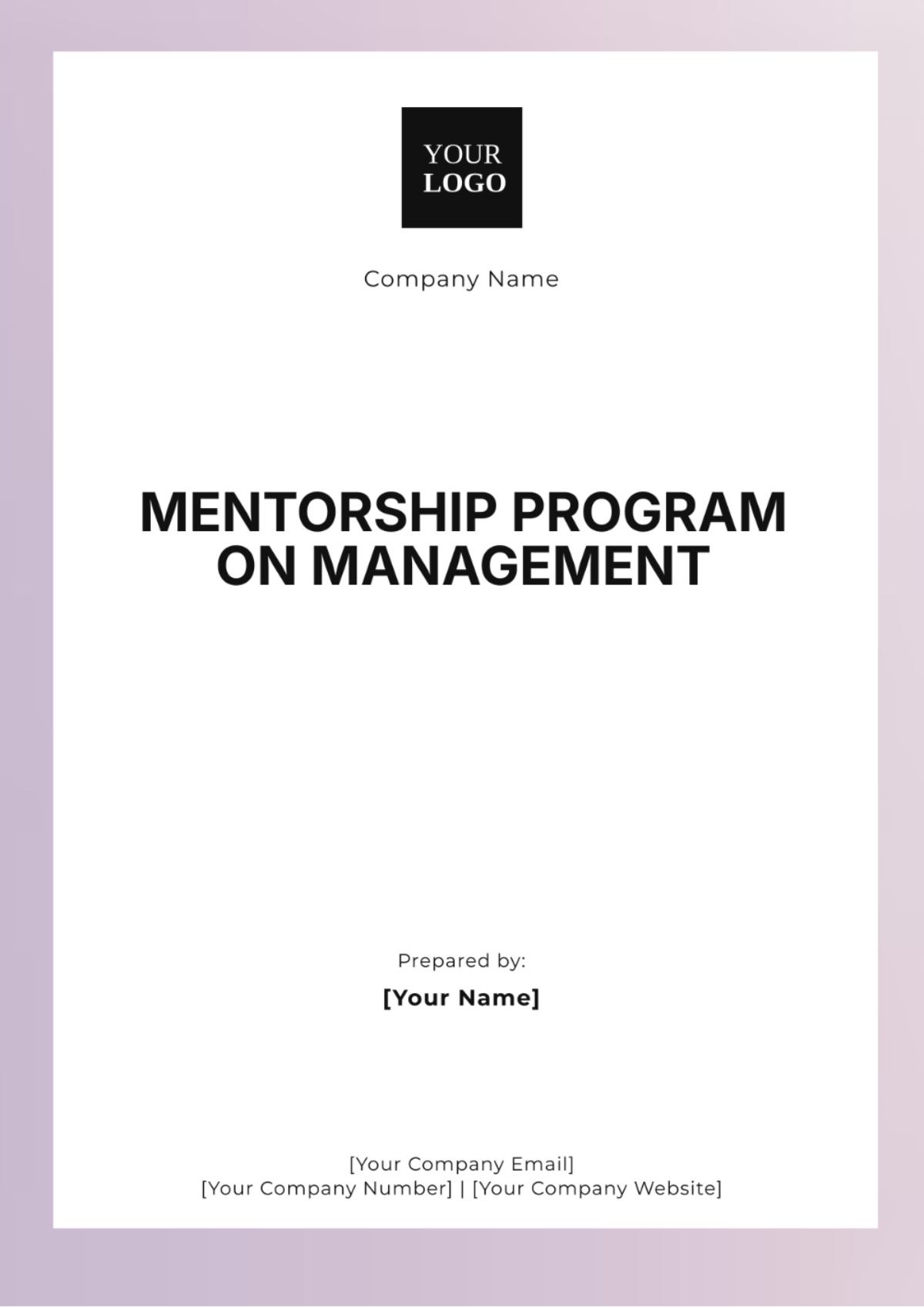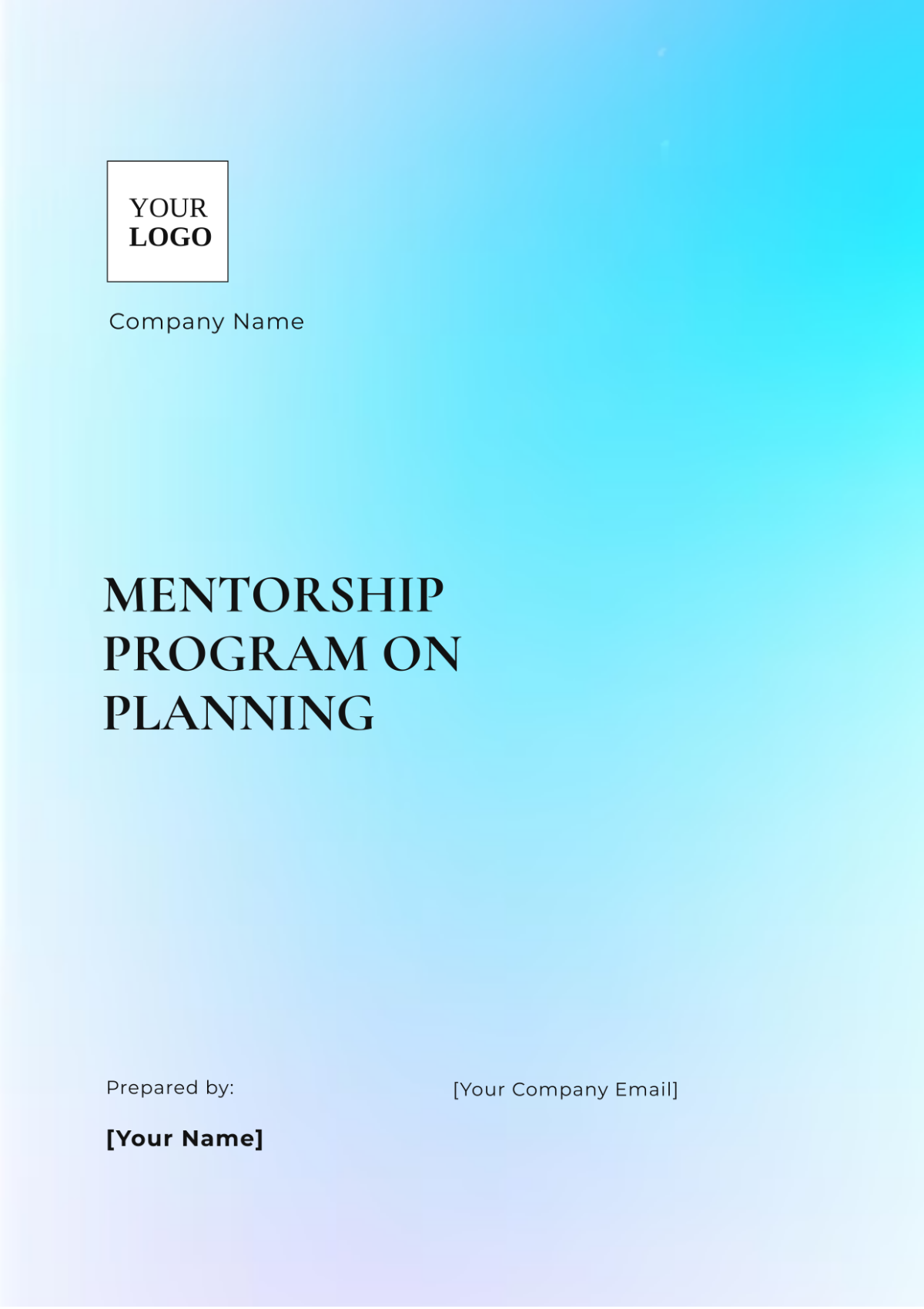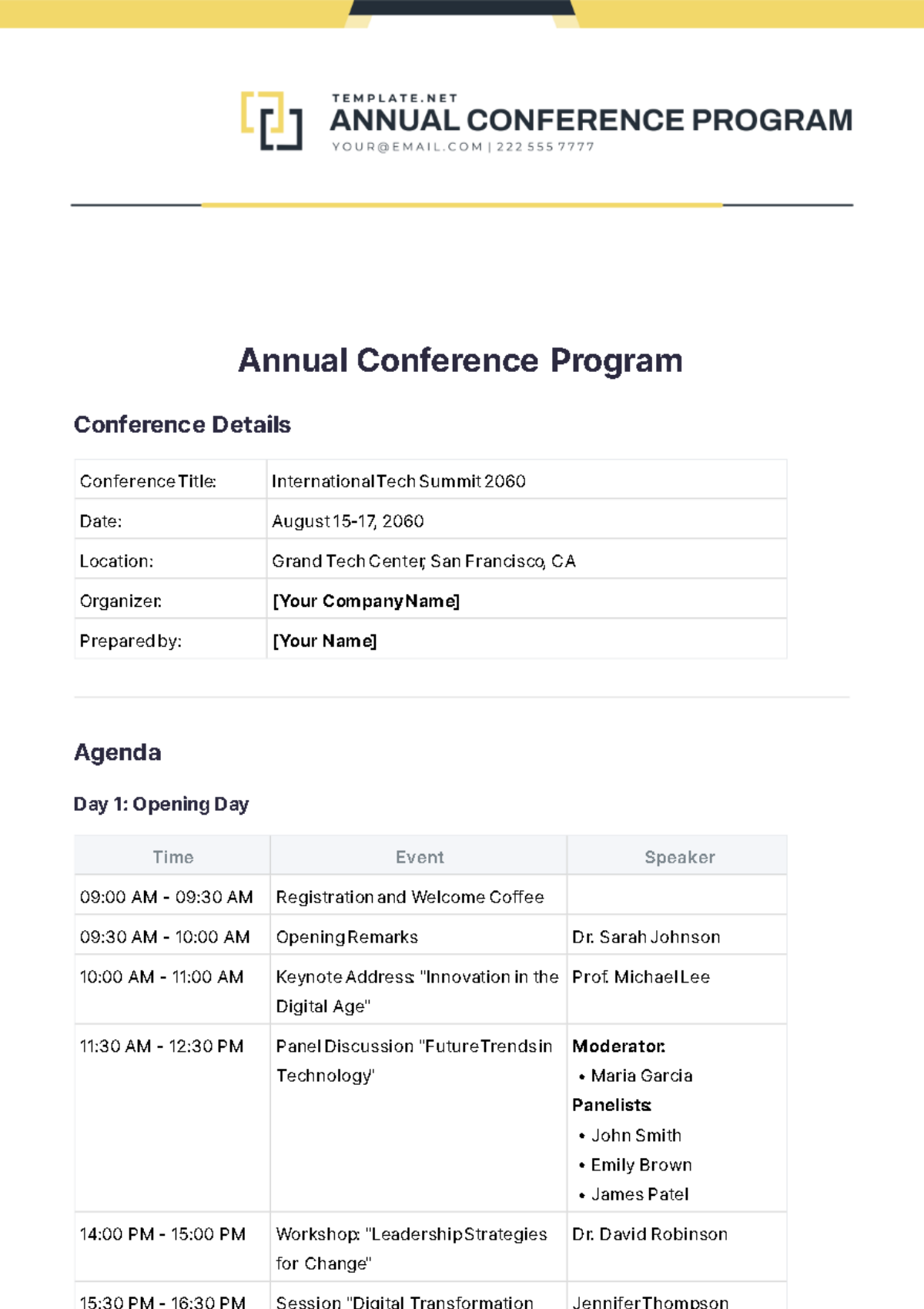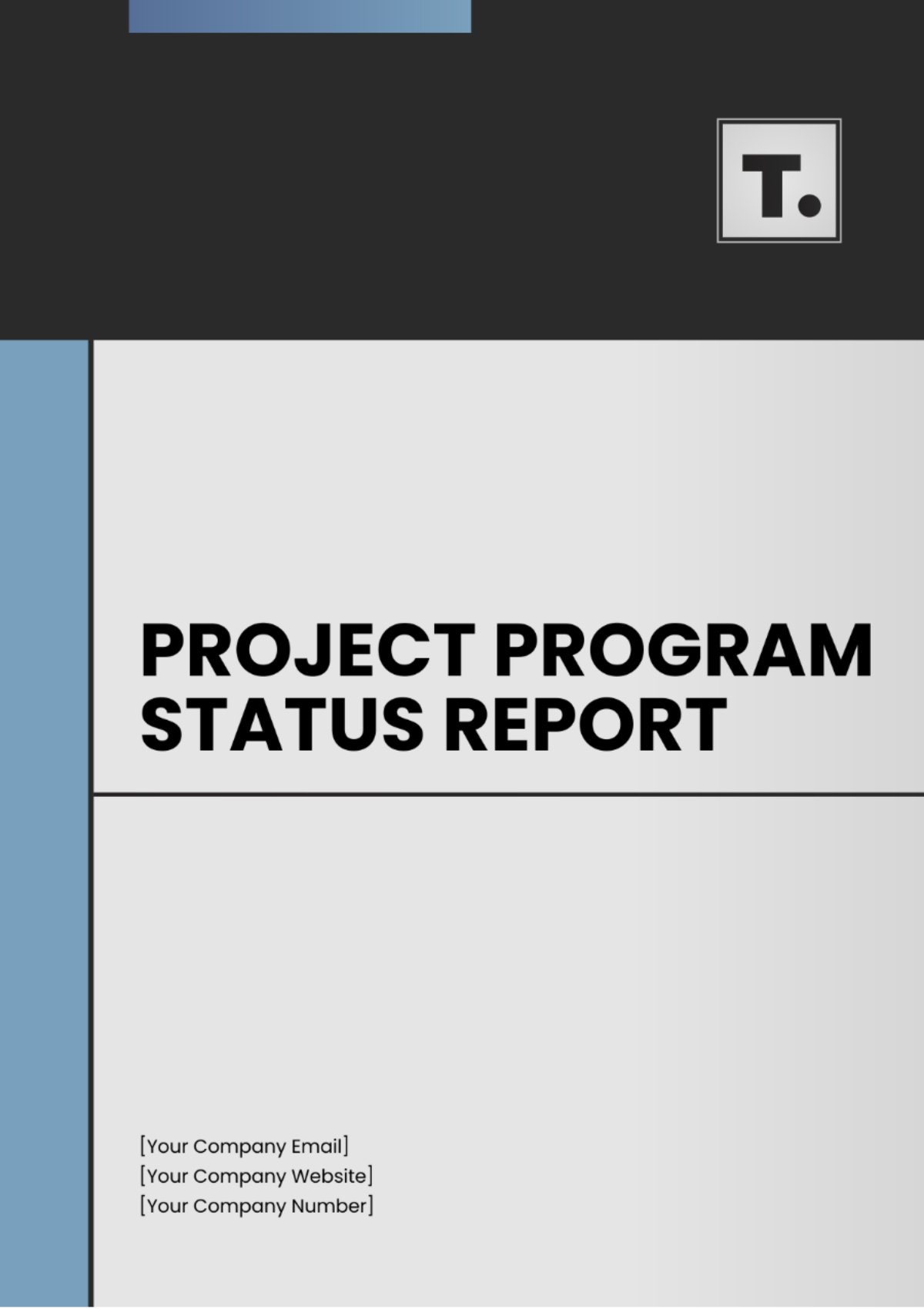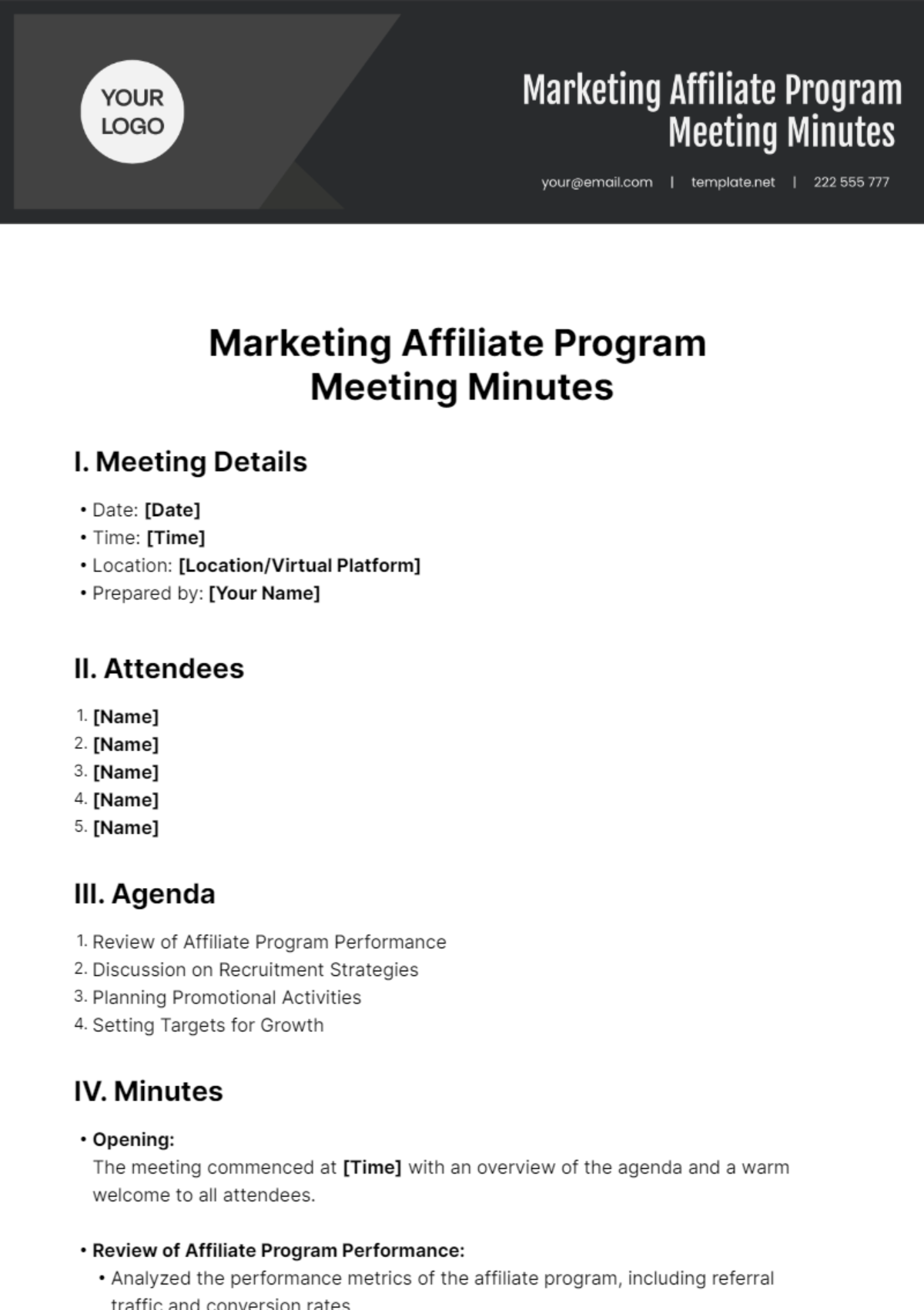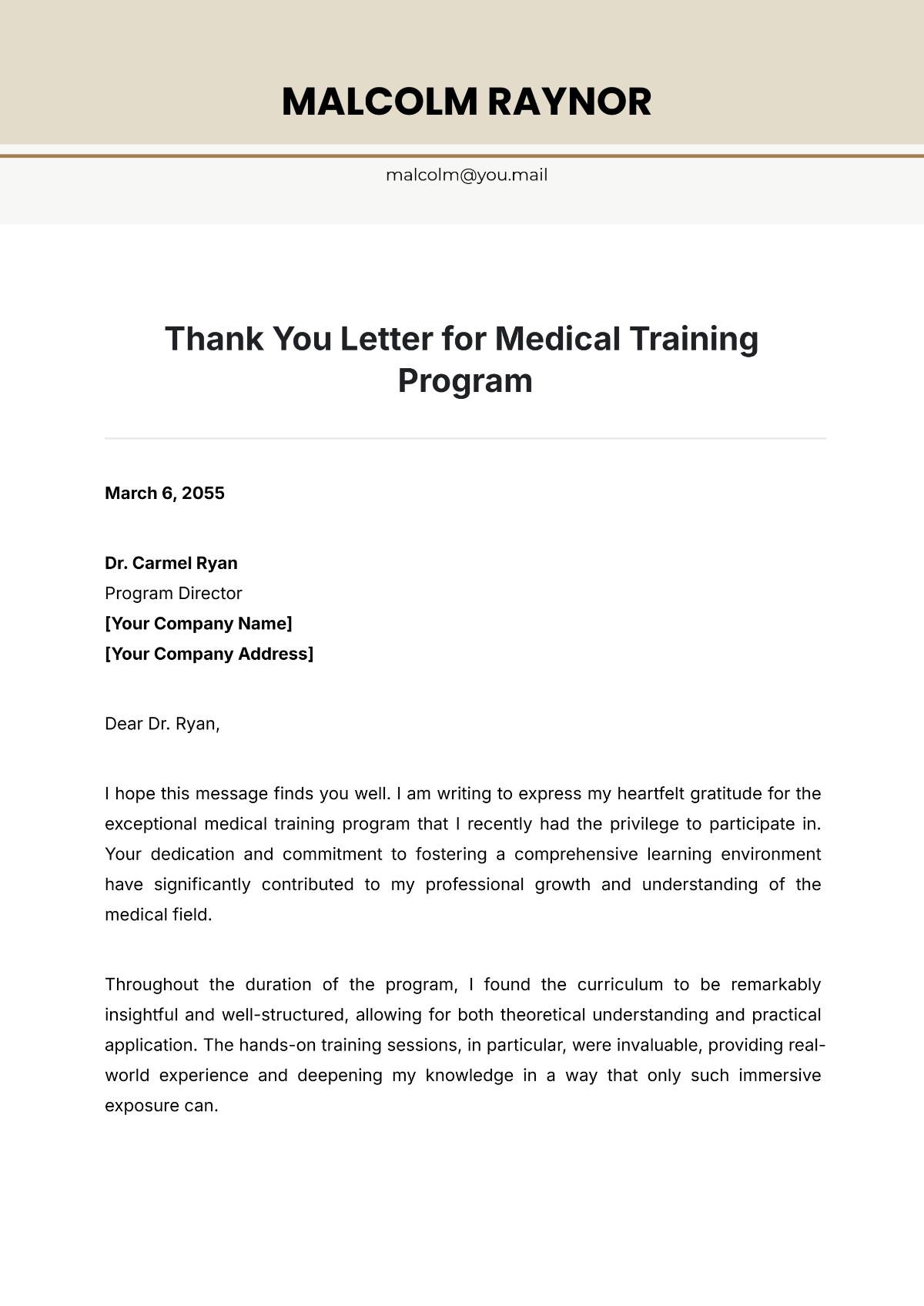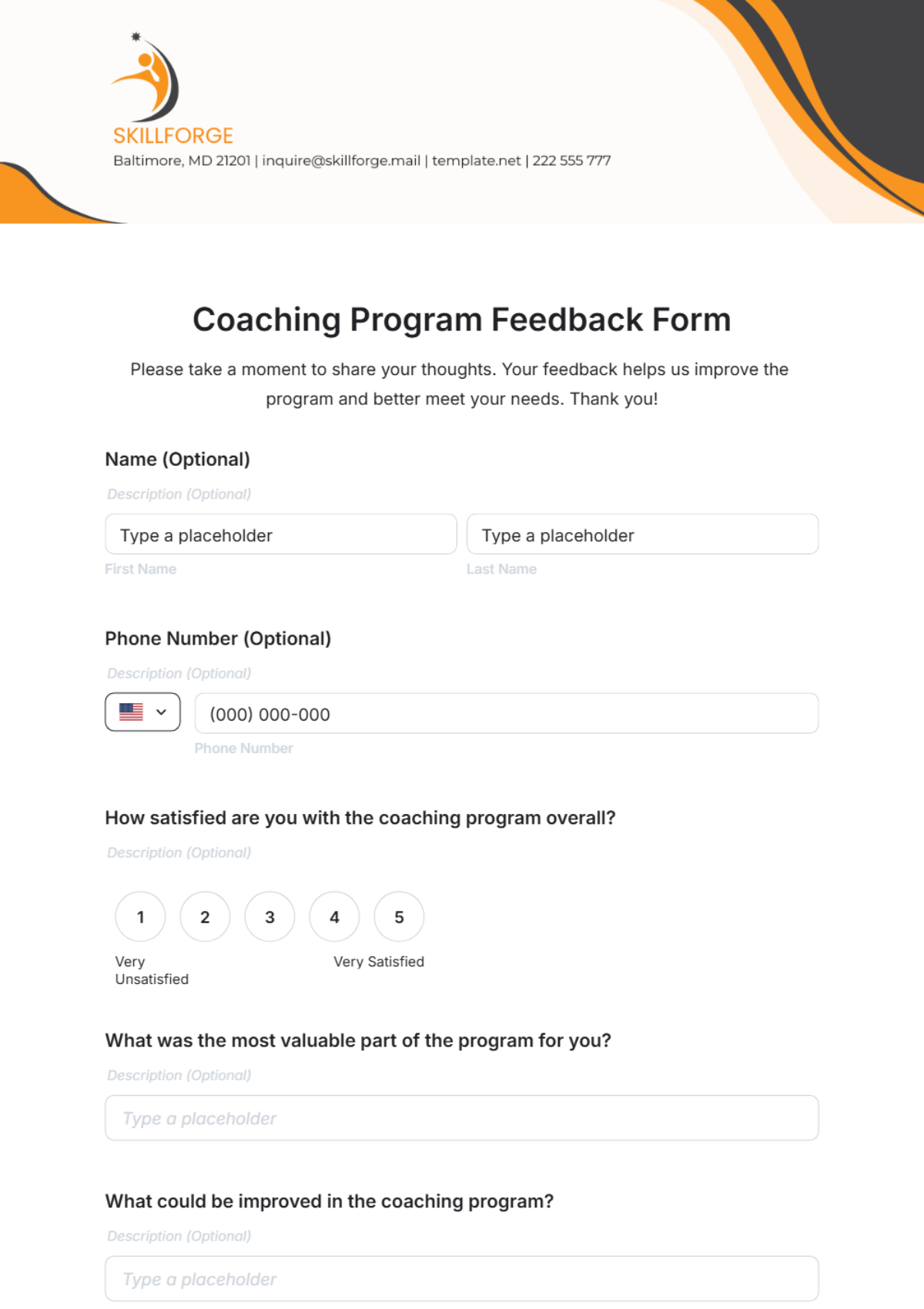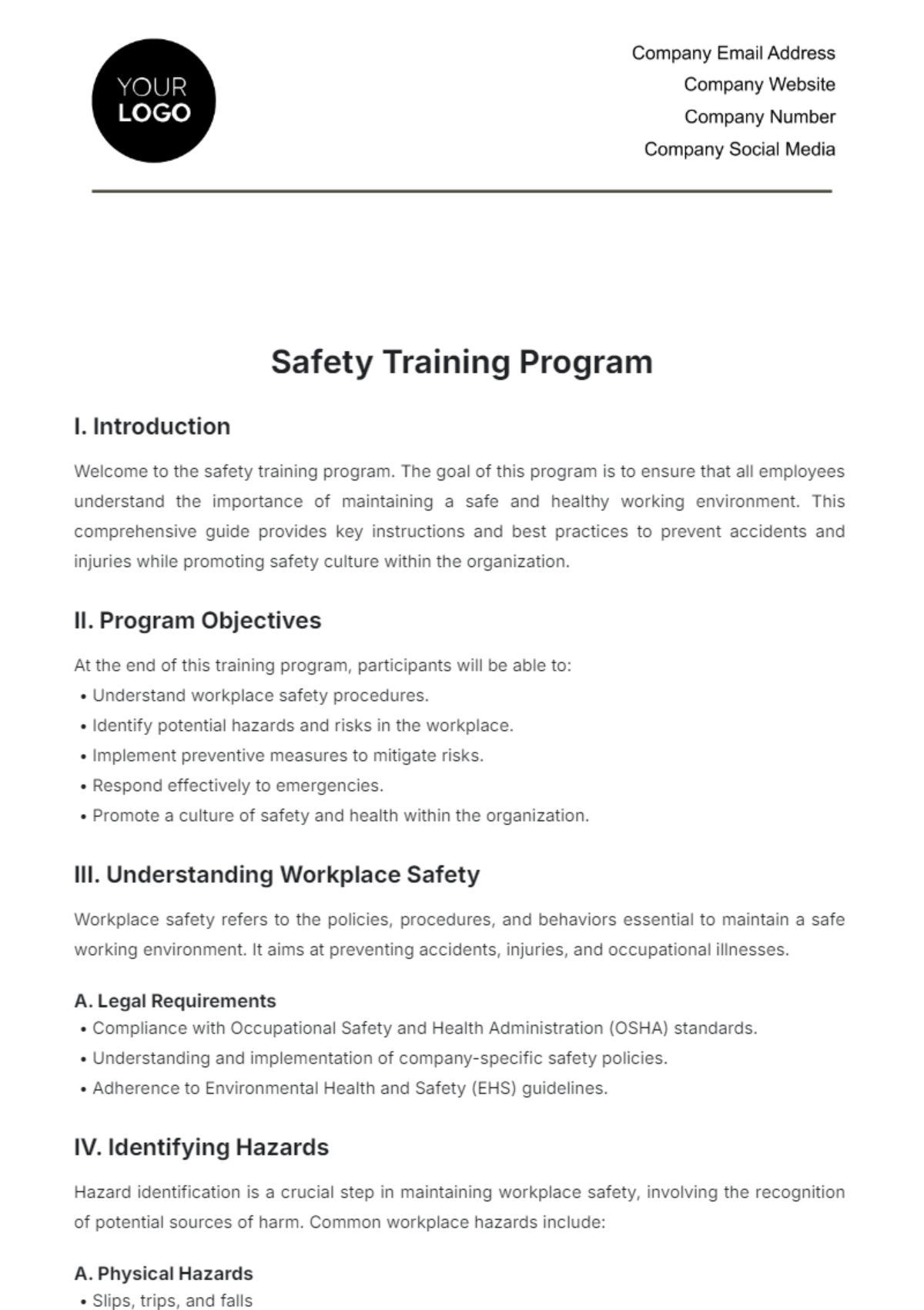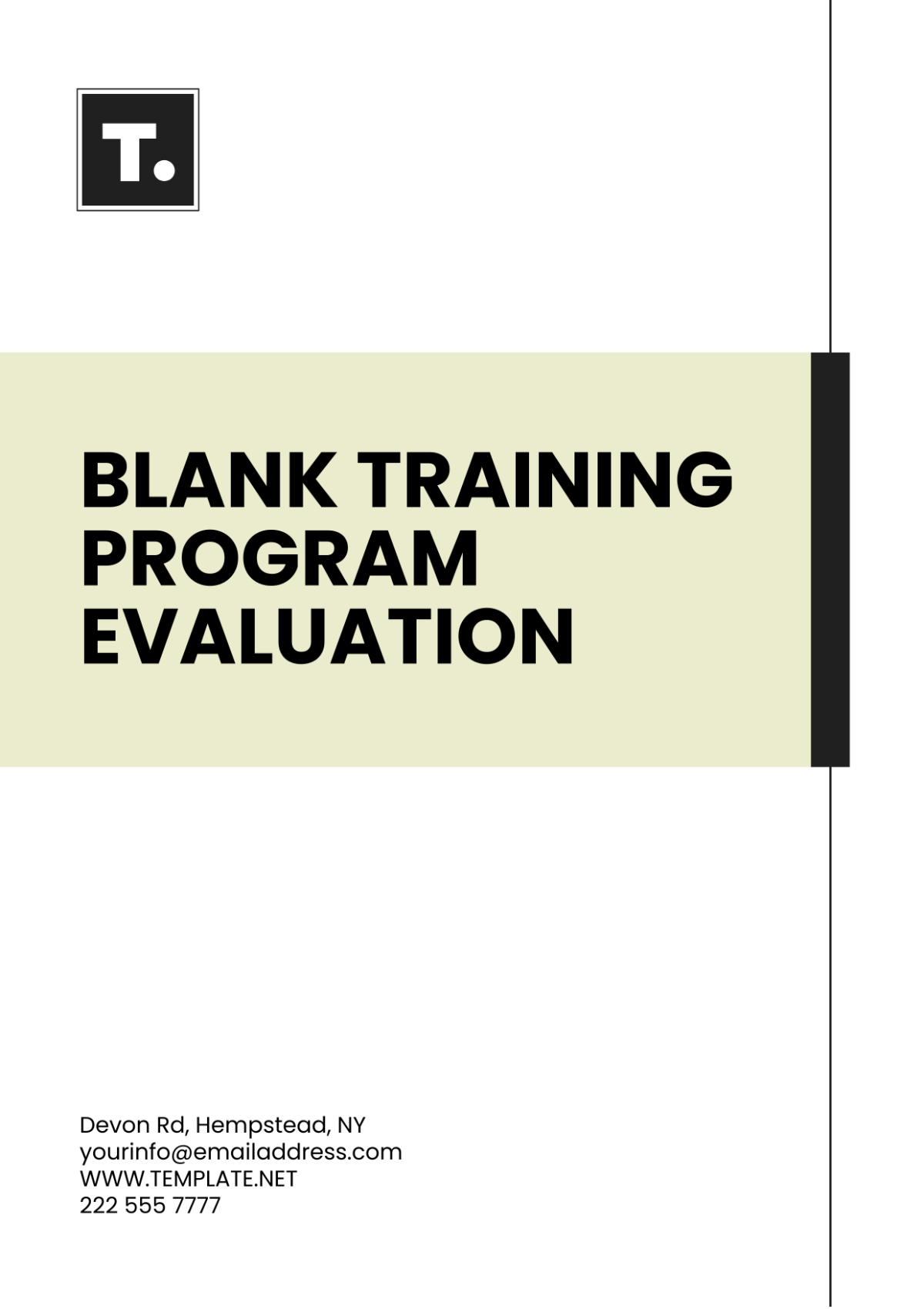Safety Training Program
I. Introduction
Welcome to the safety training program. The goal of this program is to ensure that all employees understand the importance of maintaining a safe and healthy working environment. This comprehensive guide provides key instructions and best practices to prevent accidents and injuries while promoting safety culture within the organization.
II. Program Objectives
At the end of this training program, participants will be able to:
Understand workplace safety procedures.
Identify potential hazards and risks in the workplace.
Implement preventive measures to mitigate risks.
Respond effectively to emergencies.
Promote a culture of safety and health within the organization.
III. Understanding Workplace Safety
Workplace safety refers to the policies, procedures, and behaviors essential to maintain a safe working environment. It aims at preventing accidents, injuries, and occupational illnesses.
A. Legal Requirements
Compliance with Occupational Safety and Health Administration (OSHA) standards.
Understanding and implementation of company-specific safety policies.
Adherence to Environmental Health and Safety (EHS) guidelines.
IV. Identifying Hazards
Hazard identification is a crucial step in maintaining workplace safety, involving the recognition of potential sources of harm. Common workplace hazards include:
A. Physical Hazards
Slips, trips, and falls
Working at height
Operating machinery
B. Chemical Hazards
Exposure to hazardous substances
Proper labeling and storage of chemicals
Use of Personal Protective Equipment (PPE)
C. Biological Hazards
Exposure to infectious agents
Proper waste disposal
Sanitation and hygiene practices
D. Ergonomic Hazards
Repetitive motion injuries
Improper workstation setup
Lifting and carrying heavy objects
V. Implementing Preventive Measures
To mitigate identified risks, it is essential to implement preventive measures. These measures can be administrative, engineering controls, or PPE usage.
A. Administrative Controls
Regular safety training and drills
Safety signage and warnings
Workplace safety audits and inspections
B. Engineering Controls
Guarding of machinery
Ventilation systems
Noise control measures
C. Personal Protective Equipment (PPE)
Safety helmets and goggles
Gloves and protective clothing
Respiratory protection
VI. Emergency Response
Knowing how to respond effectively in emergencies can save lives and reduce injury severity. Emergency response planning should include the following steps:
A. Evacuation Plan
Identify emergency exits and assembly points.
Ensure clear and direct evacuation routes.
Conduct regular evacuation drills.
B. First Aid Procedures
Maintain a well-stocked first aid kit accessible to all employees.
Train employees in basic first aid and CPR.
Have an emergency contact list readily available.
C. Fire Safety
Install and maintain fire alarms and extinguishers.
Conduct fire drills and training on fire extinguisher use.
Ensure clear, unobstructed access to firefighting equipment.
VII. Promoting Safety Culture
Fostering a culture of safety involves continuous commitment from all levels of the organization. This can be achieved by:
A. Management Commitment
Leading by example
Allocating resources for safety improvements
Encouraging employee involvement in safety programs
B. Employee Involvement
Participating in safety meetings and training
Reporting hazards and near-misses
Engaging in safety committees and task forces
VIII. Conclusion
The safety of employees is a shared responsibility and essential for the well-being of each individual and the organization. By following the guidelines and practices outlined in this Safety Training Program, we collectively contribute to a safer, healthier, and more productive workplace.

